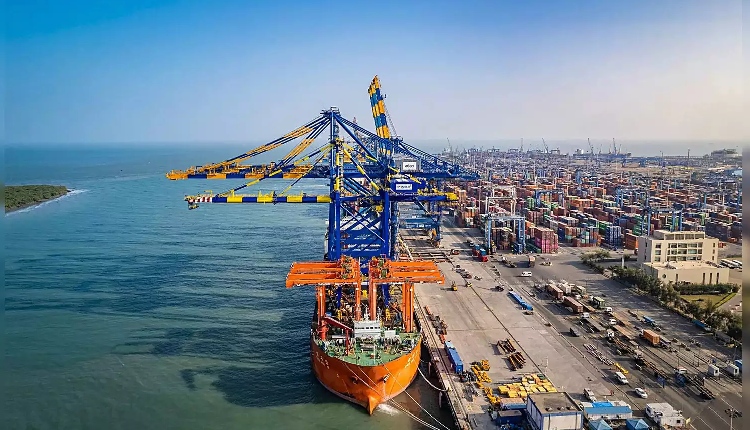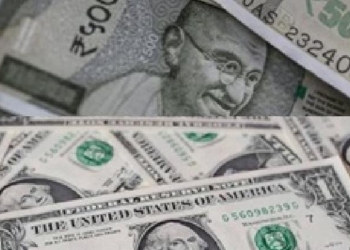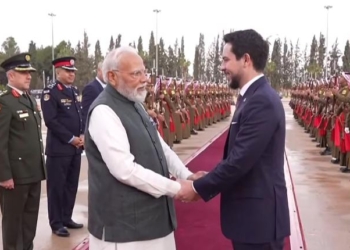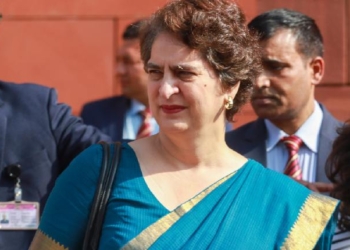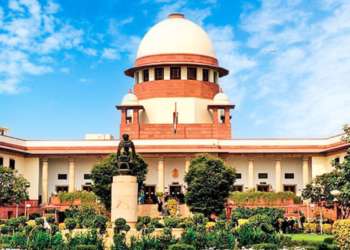New Delhi: Prime Minister Narendra Modi’s focus on ‘Transformation through Transportation’ is turning waterways into the new highways of India and in the month of September, cargo volume handled by 12 major ports surged to 413.747 million metric tonnes (MMT), a 5.03 per cent growth (year-on-year).
According to the Ministry of Ports, Shipping and Waterways, the transportation of cargo on National Waterways reached 56.57 MMT for the April-August 2024, registering 4.54 per cent growth over the same period last year.
The volume of cargo transported through India’s inland waterways took more than six-fold leap from 18.07 million metric tonnes (MMT) in 2013-14 to 133.03 MMT in 2023-24.
According to the government, as many as 106 new National Waterways were declared in 2016, with the number of operational waterways increasing from just 3 in 2013-14 to 26 by 2024.
Moreover, 14 new National Waterways (NWs) have been approved for development. These waterways, located in Kerala, Goa, Maharashtra, Uttar Pradesh, Bihar, West Bengal, and Assam, are being developed at an estimated cost of Rs 400 crore.
With the ambitious targets set under the ‘Maritime India Vision 2030’ and ‘Maritime Amrit Kaal Vision 2047’, the Central government aims to further boost cargo traffic, targeting 200 MMT by 2030 and an impressive 500 MMT by 2047.
A report by Crisil Market Intelligence and Analytics this week stated that the Indian inland waterways transport (IWT) sector presents significant opportunities for growth through public-private partnerships (PPPs), and the government is eyeing expansion of the PPP model to drive development.
India’s inland waterways are witnessing significant revitalisation driven by targeted investments and policy reforms.
“The cost advantage is clearly benefiting this mode of transportation, transporting 1 tonne of freight by waterways is approximately Rs 1.06 per km, notably less than Rs 1.36 per km by rail and Rs 2.50 per km by road,” the report noted.
(IANS)




